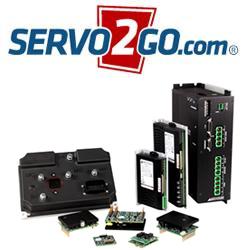Auro Robotics: Driverless Shuttles for In-campus Travel
The Exploding Use of Robotics in Logistics and Manufacturing
Carnegie Mellon, GE Ventures bringing robotics accelerator program to Pittsburgh
Researching your first robot purchase? Don't be intimidated.
Robotics firm GreyOrange raises $30 million, to expand overseas
Giving robots a more nimble grasp
Robo-Sabotage Is Surprisingly Common
Festo's R&D Timeline - Part 2 - 2007-2009
Foxconn Seeks Manufacturing Sites in India
Myth Busting: Greater Manufacturing Automation Doesn't Mean Fewer Jobs
Chinese factory replaces 90% of humans with robots, production soars
3D printing is not the miracle we were promised
The Crowning Conclusion: Universal Robots Saves 9 Hours of Production Time at Glidewell Laboratories
Musk, Hawking, Chomsky: Why they want a ban on killer robots.
What is the DARPA Robotics Challenge?
Records 2731 to 2745 of 3562
First | Previous | Next | Last
Featured Product

